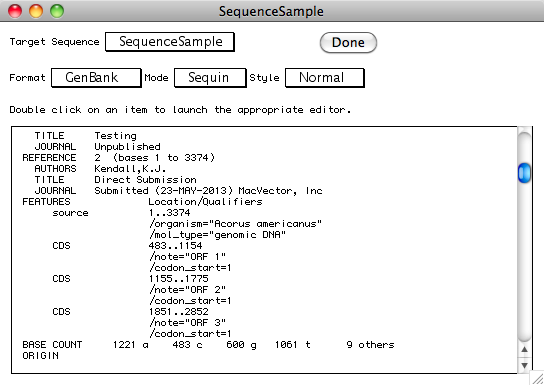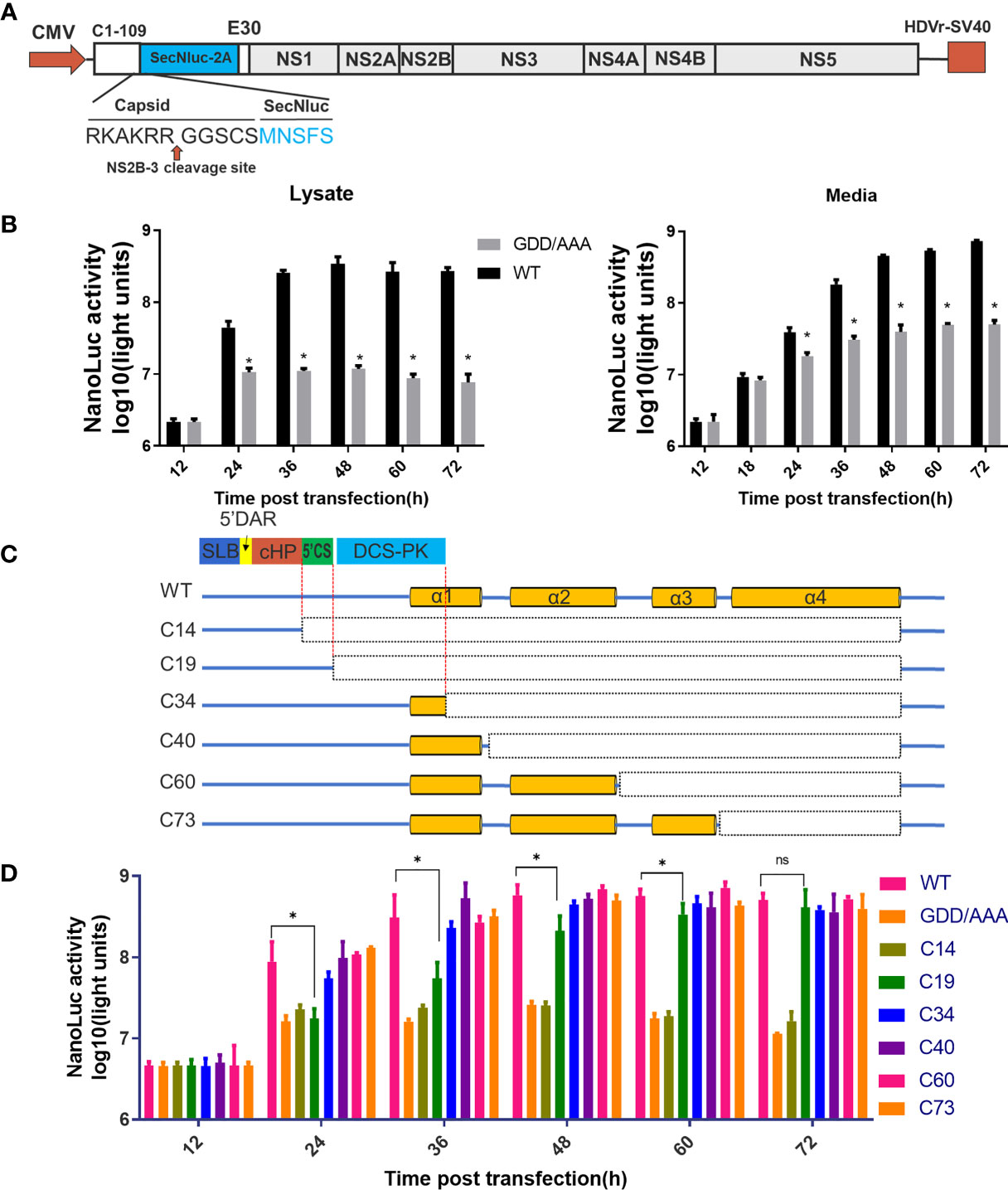


thaliana RNA-Seq data to characterize mRNA exitrons. In a largely computational-based analysis, Marquez and colleagues used their previous A. The focus on retained introns revealed a subset in protein-coding exons, and it is these that Marquez and colleagues in their latest study now define as exitrons. Consequently, they argued that such retained introns likely reflect transcripts still being processed rather than regulatory alternative splicing. thaliana then showed that retained intron transcripts constitute a relatively small fraction of all transcript isoforms detected from particular genes. A previous study by Marquez and colleagues of alternative splicing in A. However, in Arabidopsis thaliana, some transcripts with retained introns can be detected on polysomes. Transcripts with retained introns tend not to be exported from the nucleus. The regulatory significance of such events is debated. For some time, the most common form of alternative splicing in plants was suggested to be intron retention.


 0 kommentar(er)
0 kommentar(er)
